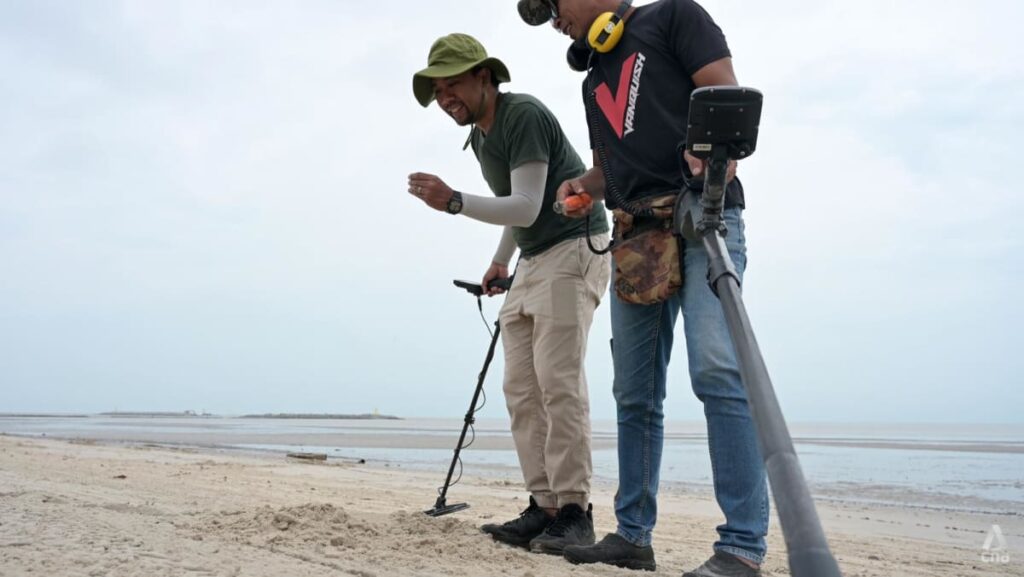But under the law, the National Heritage Department has the power to seize “any object which is believed to have cultural heritage significance attached to it”, cautioned Sharmaine Yap, a legal researcher from law firm Azmi & Associates KL.
The National Heritage Act also gives the department “discretion” to determine if an object is “sufficiently historical” to be seized, she told me.
“As such, it is advisable for the metal hunters to report or notify the Commissioner (of Heritage) immediately upon discovery of the supposedly historical object, despite the temptation of selling such an object for its significant profit,” Yap said.
CNA understands that the National Heritage Department has in some cases taken action against metal hunters under such provisions, with the community careful not to over-publicise items they find that could fall in the sufficiently historical category.
Afis said his most lucrative sale ever involved “old currency”. When asked to elaborate on the nature of the item, he declined. “I can’t share. If I do, the authority in that state will start monitoring me.”
SOCIAL MEDIA NOVELTY
Still, Afis highlighted that more of his metal hunting income comes from monetising social media videos of his forages than sales of what he has found.
His “Best Finder” page on TikTok has 1.3 million likes and almost 175,000 followers, with clips featuring his quirky finds. Some, like discoveries of old rings or amulets, are embellished with captions and soundtracks that create intrigue.
One of Afis’ favourite things about metal hunting is that it allows him to “generate offline and online income” simply with a metal detector and a phone.
“I’ve dug up a lot of things,” he said, adding that he goes hunting only during the weekend. “Even if I find a bottle cap, I will record and post on social media. I can still earn money.”
Read the full article here

